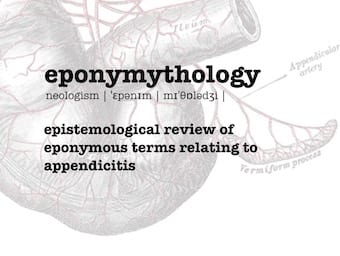
Hoffa fracture
Unicondylar coronal fracture of the lateral femoral condyle. Rare intra-articular distal femur injury. Axial compression to the knee with transmission of the ground reaction force through the tibial plateau to the femoral condyles.

Unicondylar coronal fracture of the lateral femoral condyle. Rare intra-articular distal femur injury. Axial compression to the knee with transmission of the ground reaction force through the tibial plateau to the femoral condyles.

West Syndrome (Infantile Spasms) - Triad of infantile spasms, developmental delay and hypsarrhythmia on EEG. First described by William James West on his son in 1841

Gissane Angle [aka *critical angle; critical angle of Gissane], like the Böhler angle, can be used to help determine the presence of a calcaneus fracture on a radiograph.

Böhler angle. The angle between line from highest point of anterior process to highest point of posterior facet plus line tangential to superior edge of tuberosity; measured on lateral foot x-ray. Normally 20-40°. If < 20° represents a calcaneal fracture

Dunphy sign [* cough test; coughing test ] increased abdominal pain, localised to the right lower quadrant, with coughing. Attributed to John Englebert Dunphy (1908-1981)
Description Rare autosomal recessive neurodegenerative disorder associated with iron accumulation in the brain nuclei and characterized by progressive extrapyramidal dysfunction and dementia. by dystonia, parkinsonism, and iron accumulation in the brain History Associated Persons Julius Hallervorden (1882–1965) Hugo Spatz (1888…

Scimitar Syndrome: Classically, there is displacement of the cardiac silhouette to the right; a small right lung; with a prominent curved ('scimitar') vein draining the right lung to the inferior vena cava (IVC). The majority of cases are manifest on the right side.

Description What is the actual eponymous medical sign/syndrome/repair/classification… History 1885 – Pieter Klazes Pel first described this phenomenon in Berliner klinische Wochenschrift. A 25-year-old paper maker died after a four-month illness, in which five 10-30 day episodes of fever, each…

Ekbom syndrome or delusional parasitosis is characterised by delusions, symptoms of formication and signs such as self-mutilation or the matchbox-sign

Reed–Sternberg cells: multinucleate, giant cells found in individuals with Hodgkin lymphoma. Carl Sternberg (1898) and Dorothy Reed (1902)

Physical examination finding seen in patients with proximal weakness of the extensor muscles of the thighs and is most often associated with Duchenne muscular dystrophy

Lachman test is a clinical test used to diagnose injury of the anterior cruciate ligament (ACL). Eponymised to John W Lachman, first described by GC Noulis